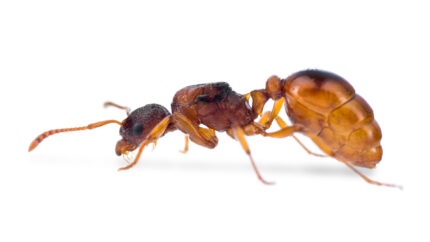
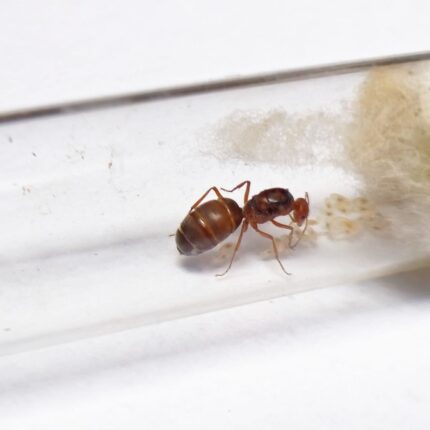
Myrmecocystus kennedyi
$151.11 – $239.04Price range: $151.11 through $239.04
Worldwide shipping
Free delivery over 999 PLN
The highest quality of goods
Live delivery guarantee
24/7 Personal Support
Fair Prices
Description
Myrmecocystus kennedyi is a monogynous ant species with colonies reaching up to 5,000–8,000 workers. They develop at a moderate pace. The queen measures approximately 12–14 mm in length, while workers range from 4.5 to 7 mm. Their body is typically light to reddish-brown, with a slightly darker gaster, and they have a somewhat glossy appearance. As with other species in the genus, repletes (specialized workers that store food) may be present in mature colonies. Their diet consists of insect prey, sweet substances like nectar or syrup, fruit, jelly, and protein-rich foods such as cooked egg or chicken.
Additional information
| Behavior | |
|---|---|
| Difficulty in breeding | |
| Origin | |
| The size of ants | |
| Wintering |
Myrmecocystus kennedyi
Colony Type: Monogynous
Colony Size: Up to 8,000–10,000 workers
Development Speed: Medium
Size
• Queen: 11–13 mm
• Workers: 4–8 mm
Color: Typically a reddish-brown to golden-orange head and thorax, with a darker brown to black gaster. Their coloration can vary slightly based on region and diet. Like other Myrmecocystus, they have a slightly shiny, smooth appearance and are often fast-moving foragers.
Nutrition
- Food insects (such as cockroaches and crickets) dead, or live if colony is big
- Syrup (a mixture of water and honey or sugar, with a ratio of 3 water:1)
- Fruits and vegetables
- Jelly
- Cooked chicken without salt, shrimps
- Honey
Don’t forget to check out our food products to ensure a well-balanced diet for your colony!
Temperature and Humidity
• Humidity:
Arena: 40–60%
Nest: 50–70%
• Temperature:
Arena: 24–32 °C
Nest: 23–27 °C
They thrive in warm, dry environments, mimicking desert or semi-arid conditions.
Unique Traits of Myrmecocystus kennedyi
Like other members of the genus, M. kennedyi is known for producing repletes—specialized workers that store sugary liquids in their swollen abdomens, creating living reservoirs that hang from the nest ceiling. These honey pot ants are adapted to desert life, storing excess food during times of abundance for use during drought or scarcity.
Their foraging behavior is fast and bold, and they often exhibit trophallaxis (food sharing) within the colony.
Recommended Nests for breeding
- Acrylic nests
- Cork nests
- Ytong nests
- Gypsum


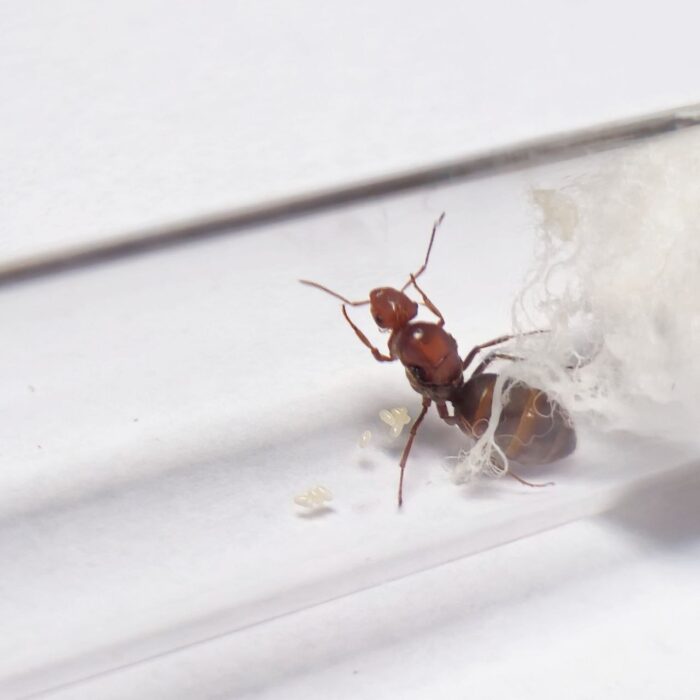
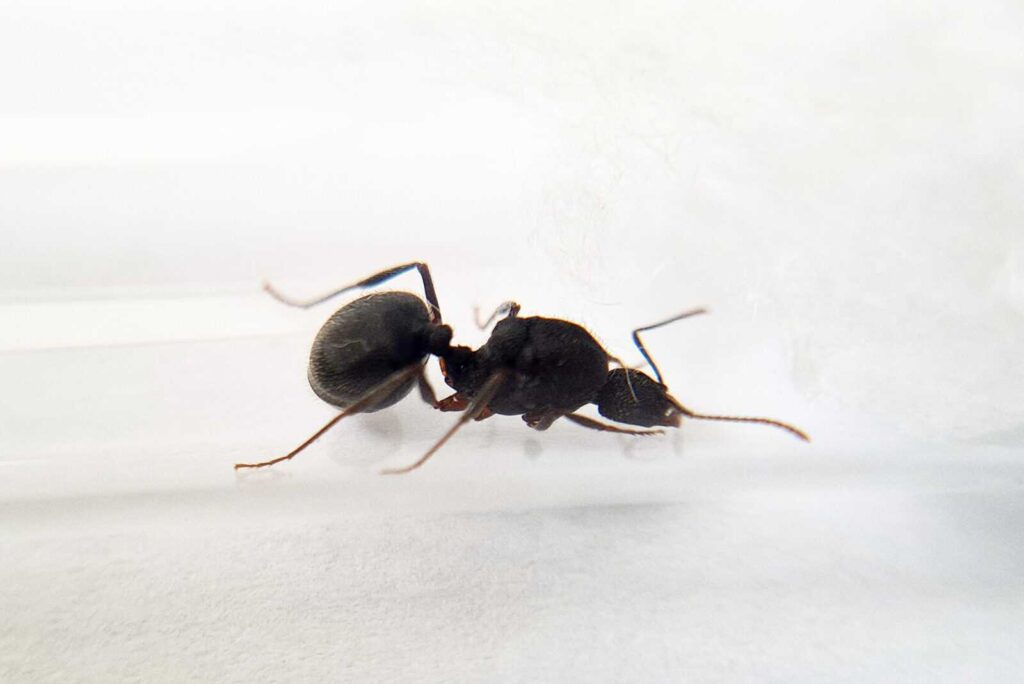
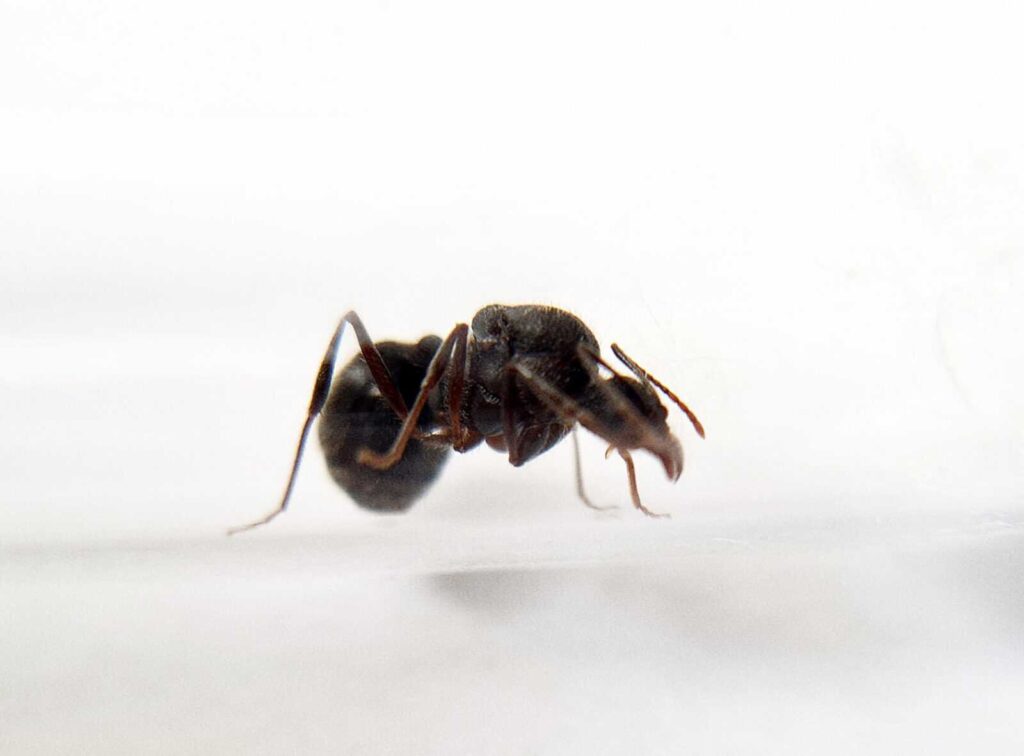
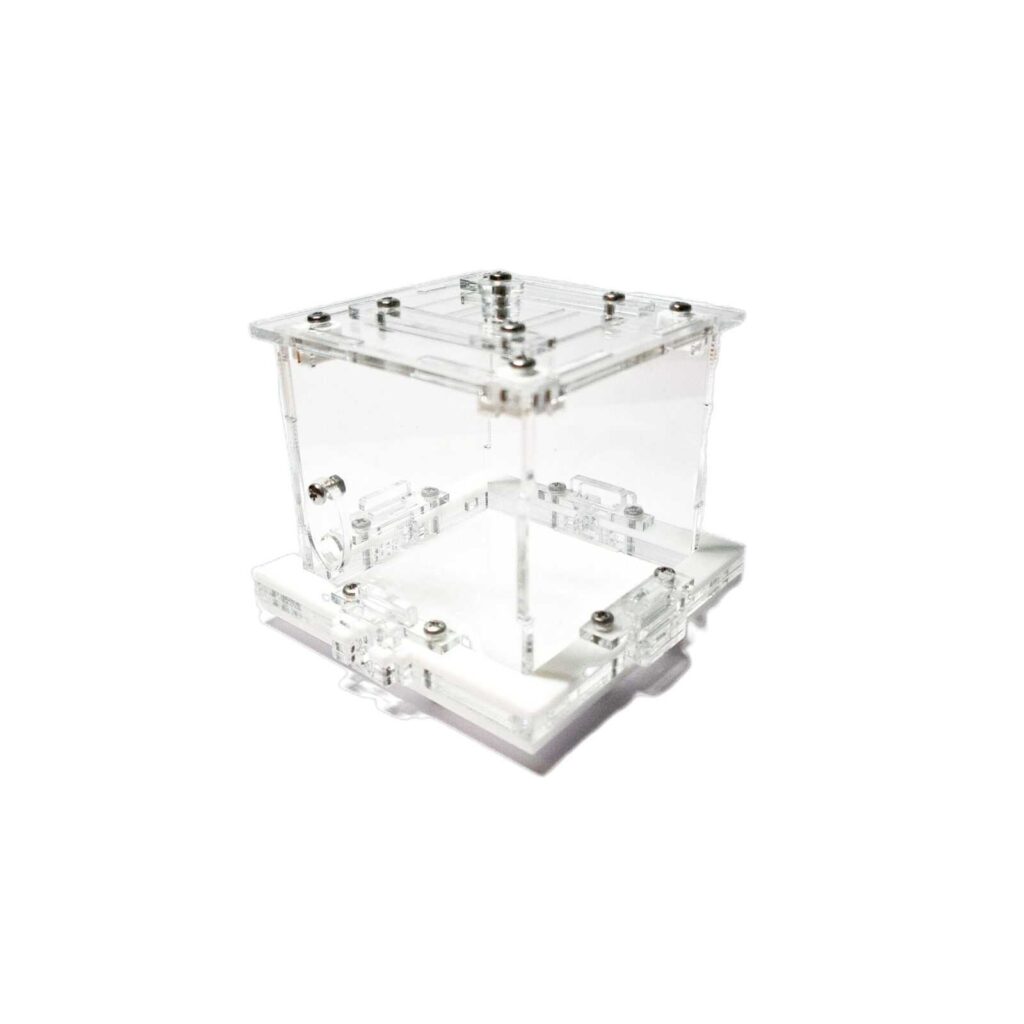
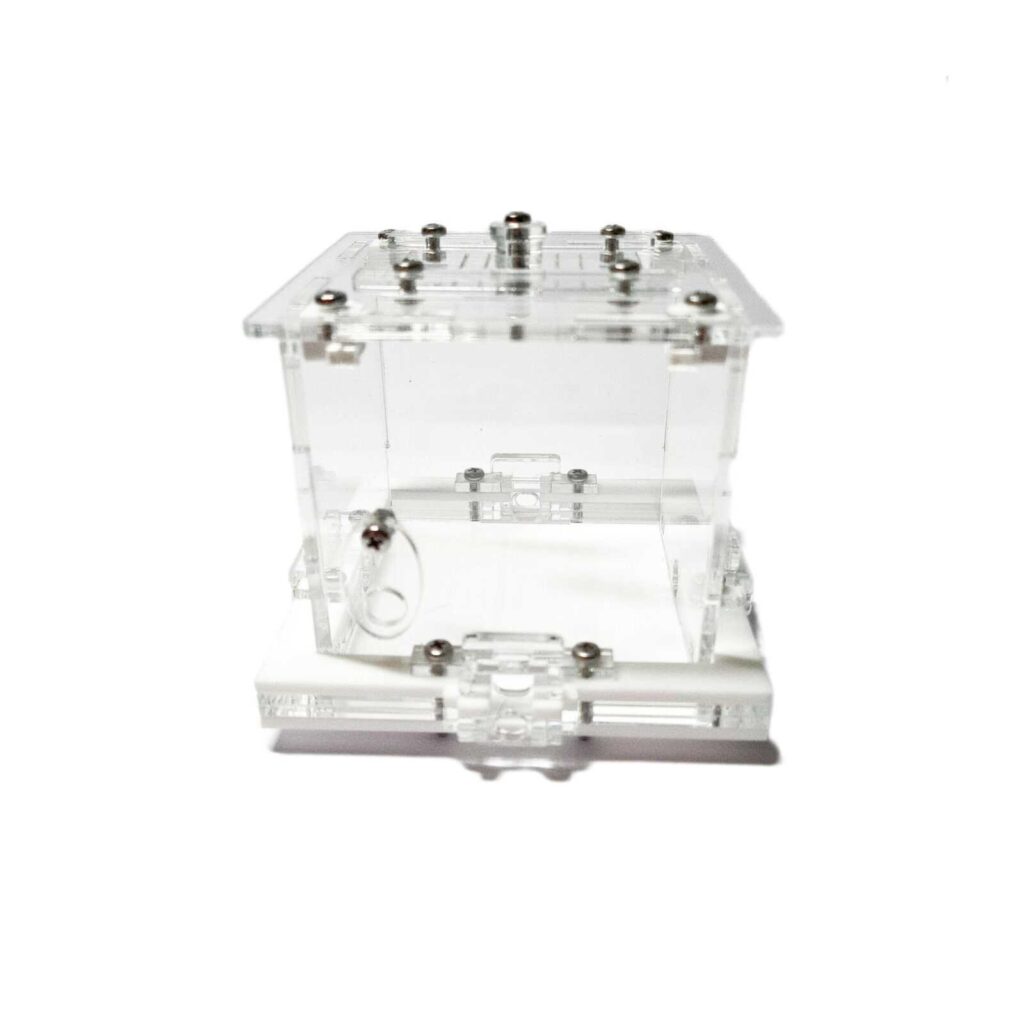
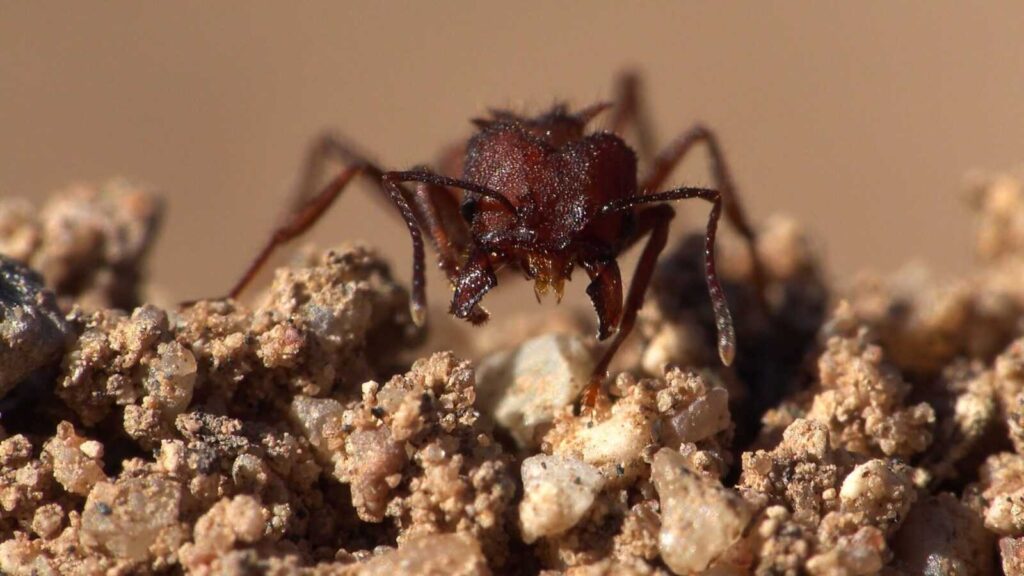
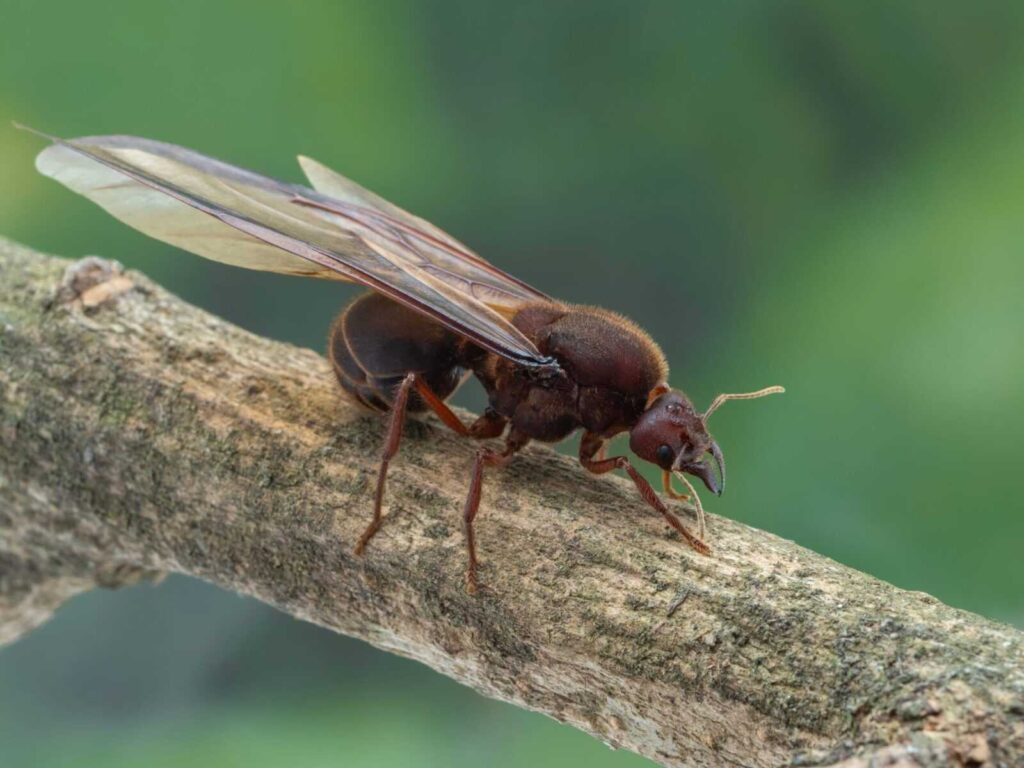
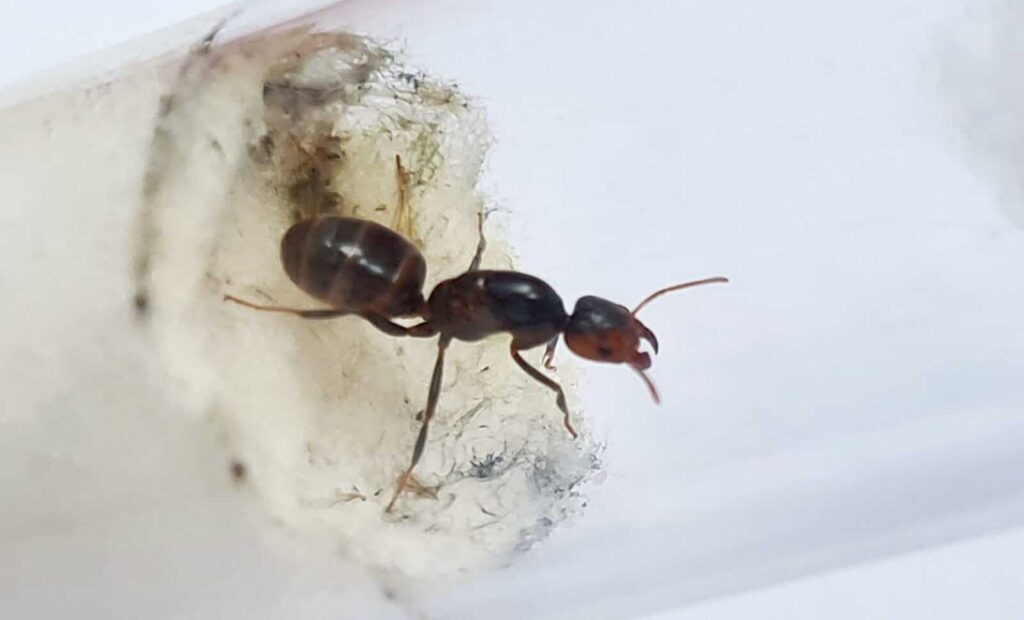
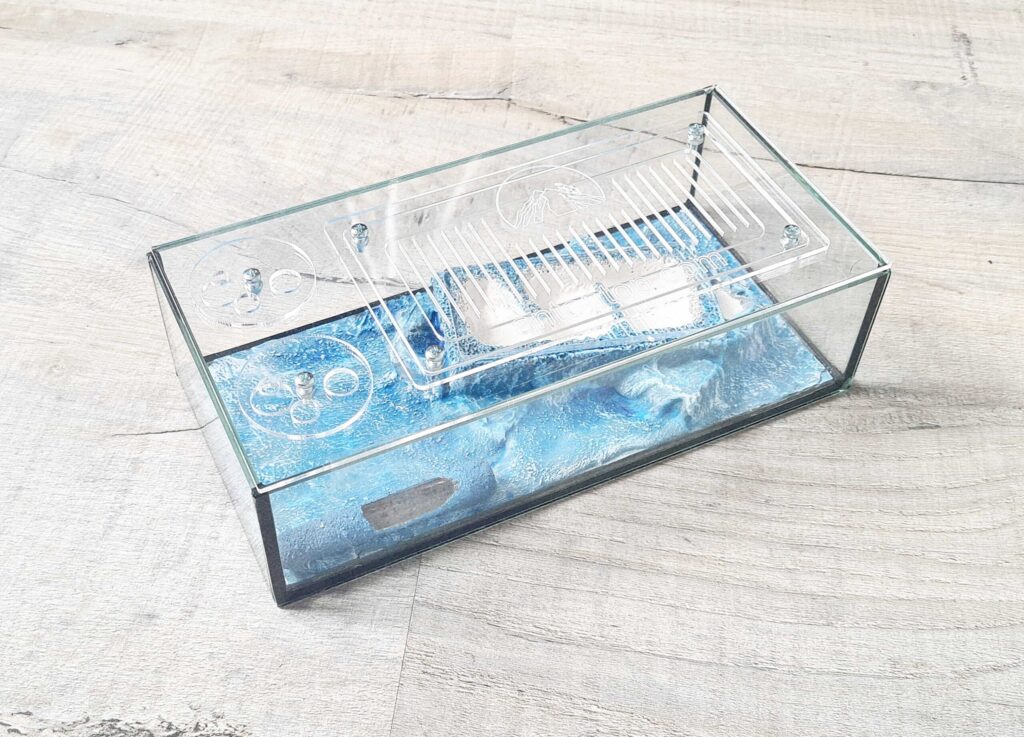
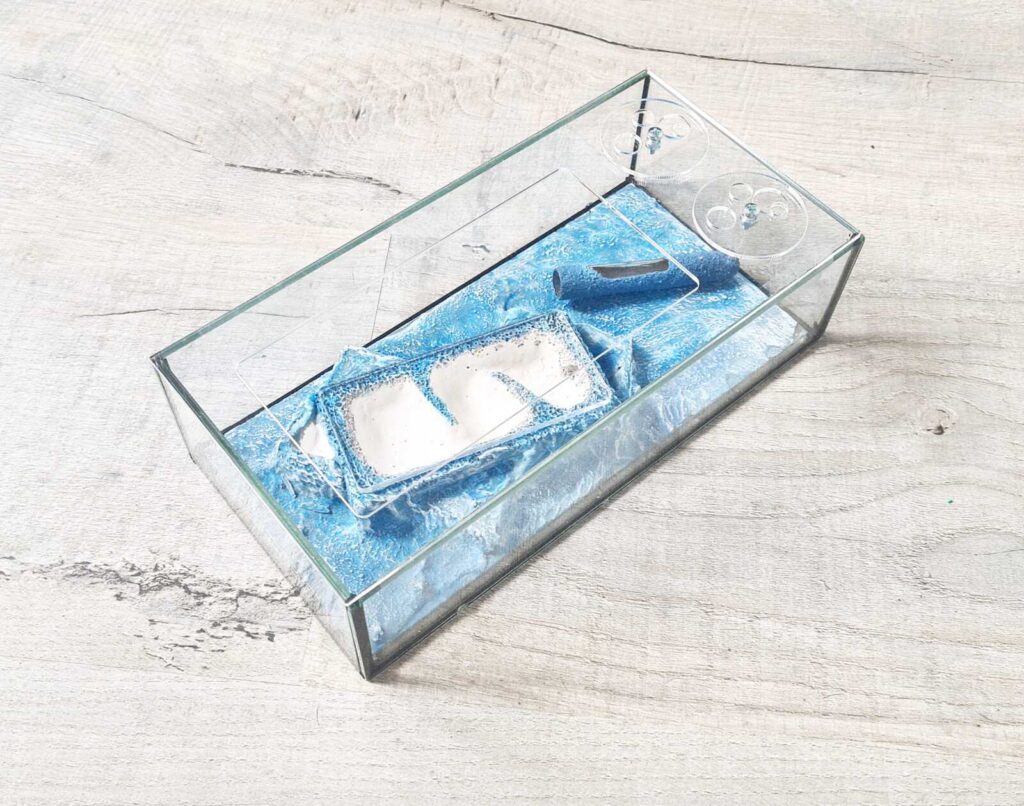

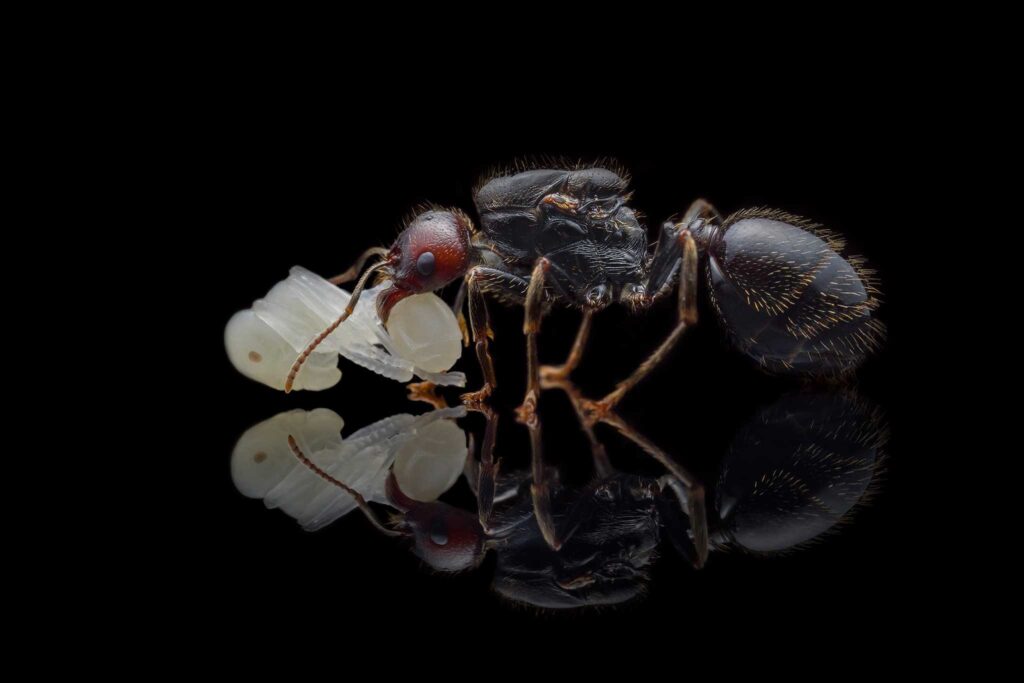
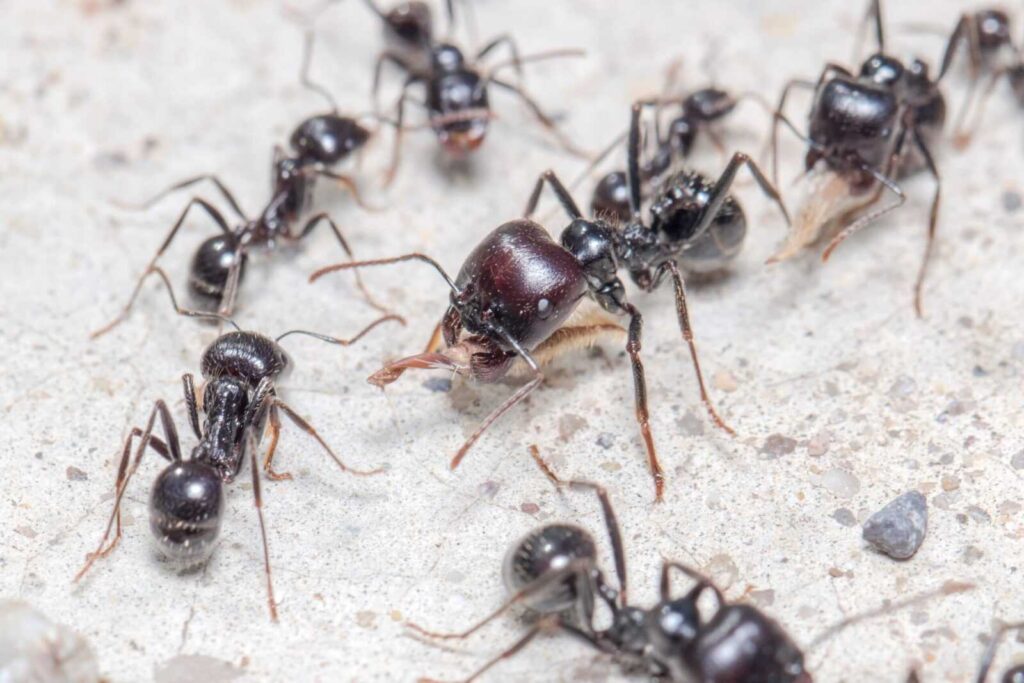
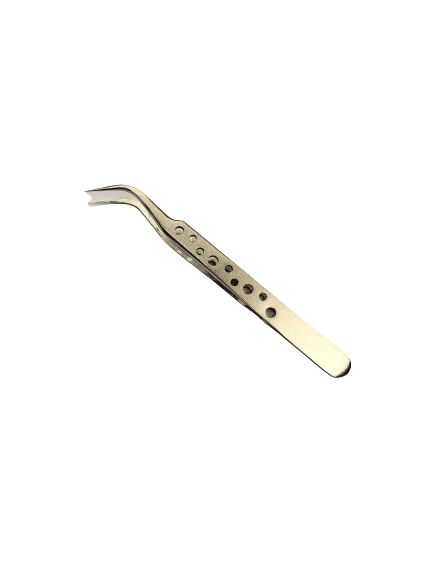
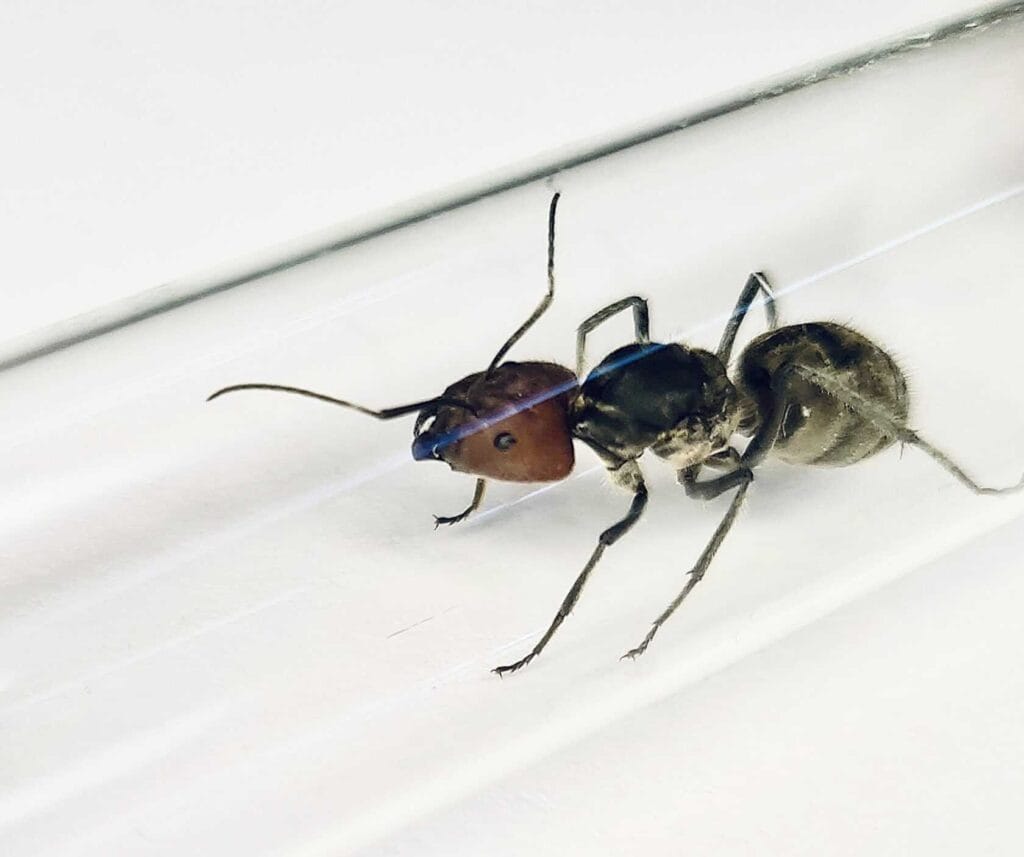
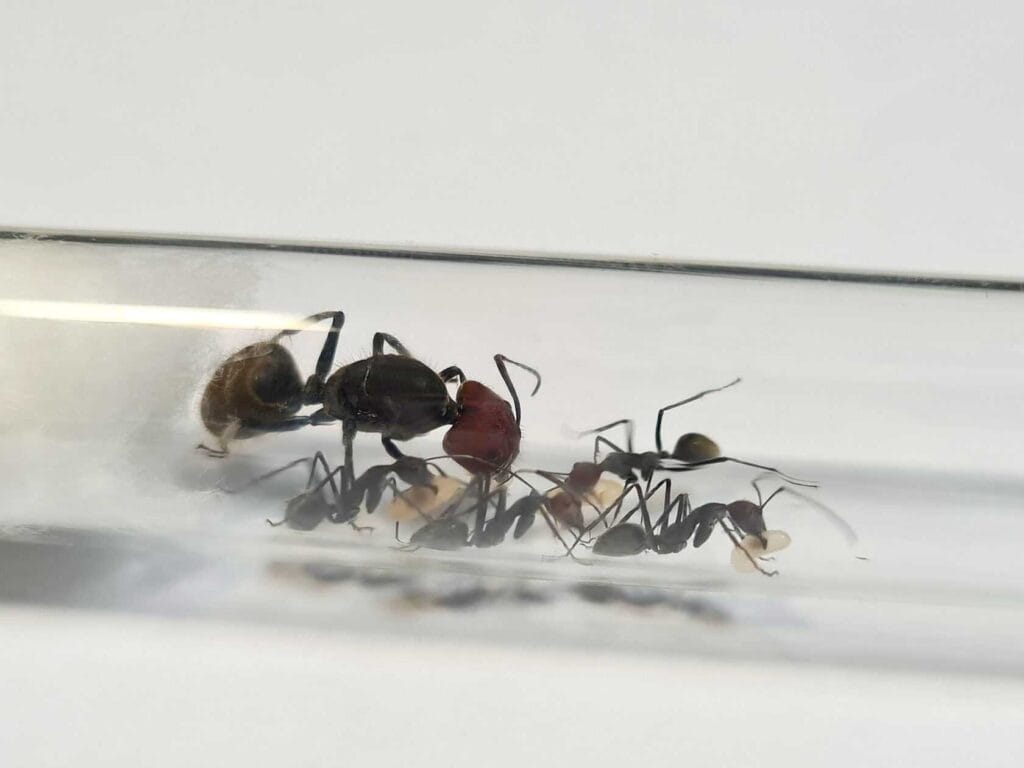


Reviews
Clear filtersThere are no reviews yet.